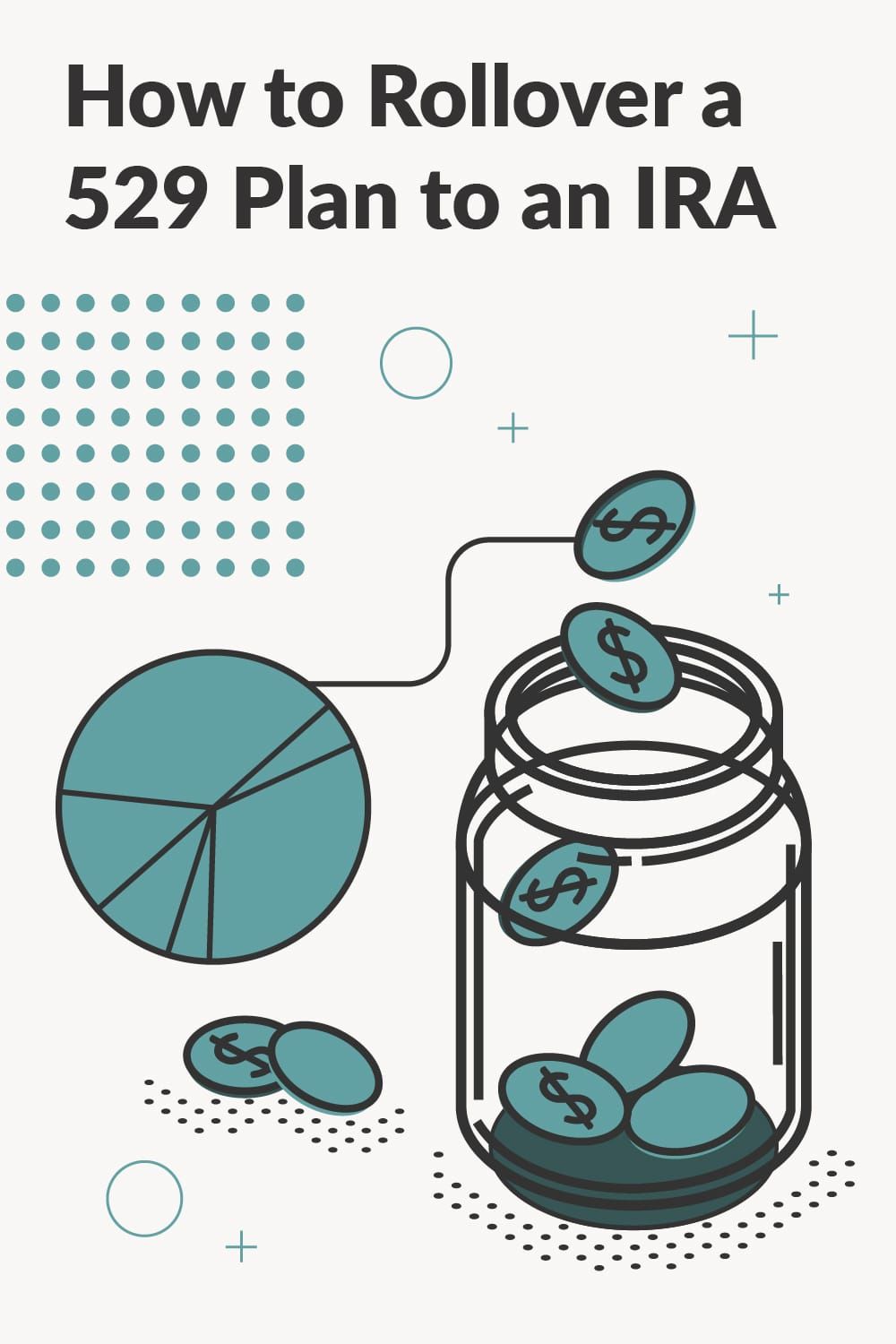
"Most" Americans are now able to do a 529 plan to Roth IRA rollover. But there are a lot of "catches" you need to know.
There are several new benefits for investors in 529 plans. The SECURE 2.0 Act of 2022, included in the Consolidated Appropriations Act of 2023 (P.L. 117-328), includes several new benefits for investors in 529 plans and ABLE accounts need to know.
The most 'headline-grabbing' change from the Secure Act 2.0 was the ability to rollover up to $35,000 from a 529 plan to an IRA—a change that went into effect in 2024. This was another add-on that has made the 529 plan a robust savings and investment tool for education, and now, potentially retirement.
Here’s what you need to know about rolling over a 529 plan to an IRA.
Rollover From A 529 Plan To A Roth IRA
Families may be able to roll over money from a 529 plan to a Roth IRA owned by the beneficiary of the 529 plan.
You cannot roll over the money to a Roth IRA owned by the owner of the 529 plan account, or anybody else - just the beneficiary. Of course, you can change the beneficiary of the 529 plan and then roll over the money into the new beneficiary’s Roth IRA.
Rollover Limits
There is a $35,000 lifetime limit, per beneficiary. This limit is per person, not per 529 plan, so the limit applies regardless of the number of 529 plans.
You can, however, roll over up to $35,000 per beneficiary to multiple beneficiaries. There is also nothing to stop you from changing the beneficiary of the 529 plan, however, the limit still exists per beneficiary.
The 529 plan must have been in existence for at least 15 years. Only funds that have been in the 529 plan for at least five years are eligible for a rollover.
The rollover must be through a trustee-to-trustee transfer.
Combining 529 Plan and Roth IRA Contribution Limits
The Roth IRA contribution limits (annual dollar limitations) still apply. So, the rollover from a 529 plan to a Roth IRA is limited. It includes the annual Roth IRA contribution limits minus all other contributions made that year to an IRA owned by the beneficiary.
Given the conflicts between the $35,000 lifetime limit and the annual contribution limits, rolling over leftover money in a 529 plan may take several years.
The Roth IRA income limitations are waived with regard to a Roth IRA rollover.
The contributions and earnings of a rollover from a 529 plan are proportional, and this carries through to the Roth IRA. So, you can take a tax-free return of the contributions portion of the rollover after it shows up in the Roth IRA.
What To Watch out For
Many have touted this as a great new way for families to help their children save for education and retirement.
However, it’s important to note there is one big “gotcha” to be aware of.
That is—every state sets its own rules for 529 plan qualifying distributions. Some states may not consider the 529 plan to IRA rollover a qualifying distribution. In fact, only 33 states currently allow it.
In this case, if you do rollover the funds, you could face taxes and a penalty on the rollover amount. The fact that it is a rollover doesn't help, since some states treat a rollover to a 529 plan to be non-qualifying if it is to an out-of-state 529 plan.
Before you rush to do this, make sure that your state conforms to the federal rules. Some states may conform right away, while others (notably California) typically choose to not conform.
Find your state in our 529 plan guide, or click your state in the map below:
Who Should Consider This Option?
The Roth IRA rollover provides a useful tool for people who have leftover money in their 529 plan. It also eliminates the concern that some investors have about the tradeoffs between saving for college and saving for retirement (or potentially dealing with a penalty for excess 529 plan contributions).
Moving Forward
There are some details in the law that the IRS will need to clarify. For example, the rollover is limited to the contributions as of five years prior to the date of the distribution, plus the earnings attributable to the contributions.
It is unclear whether this refers to the earnings as of five years prior to the date of the distribution, or also subsequent earnings. The statutory language is also hard to parse because it involves double negatives.
The new provisions apply to all qualified tuition programs, including 529 plans and prepaid tuition plans, but not Coverdell education savings accounts.
Don't forget to check out Student Loan And Financial Aid Programs By State to find more ways to save on your tuition.

Mark Kantrowitz is an expert on student financial aid, scholarships, 529 plans, and student loans. He has been quoted in more than 10,000 newspaper and magazine articles about college admissions and financial aid. Mark has written for the New York Times, Wall Street Journal, Washington Post, Reuters, USA Today, MarketWatch, Money Magazine, Forbes, Newsweek, and Time. You can find his work on Student Aid Policy here.
Mark is the author of five bestselling books about scholarships and financial aid and holds seven patents. Mark serves on the editorial board of the Journal of Student Financial Aid, the editorial advisory board of Bottom Line/Personal, and is a member of the board of trustees of the Center for Excellence in Education. He previously served as a member of the board of directors of the National Scholarship Providers Association. Mark has two Bachelor’s degrees in mathematics and philosophy from the Massachusetts Institute of Technology (MIT) and a Master’s degree in computer science from Carnegie Mellon University (CMU).
Editor: Colin Graves Reviewed by: Robert Farrington
